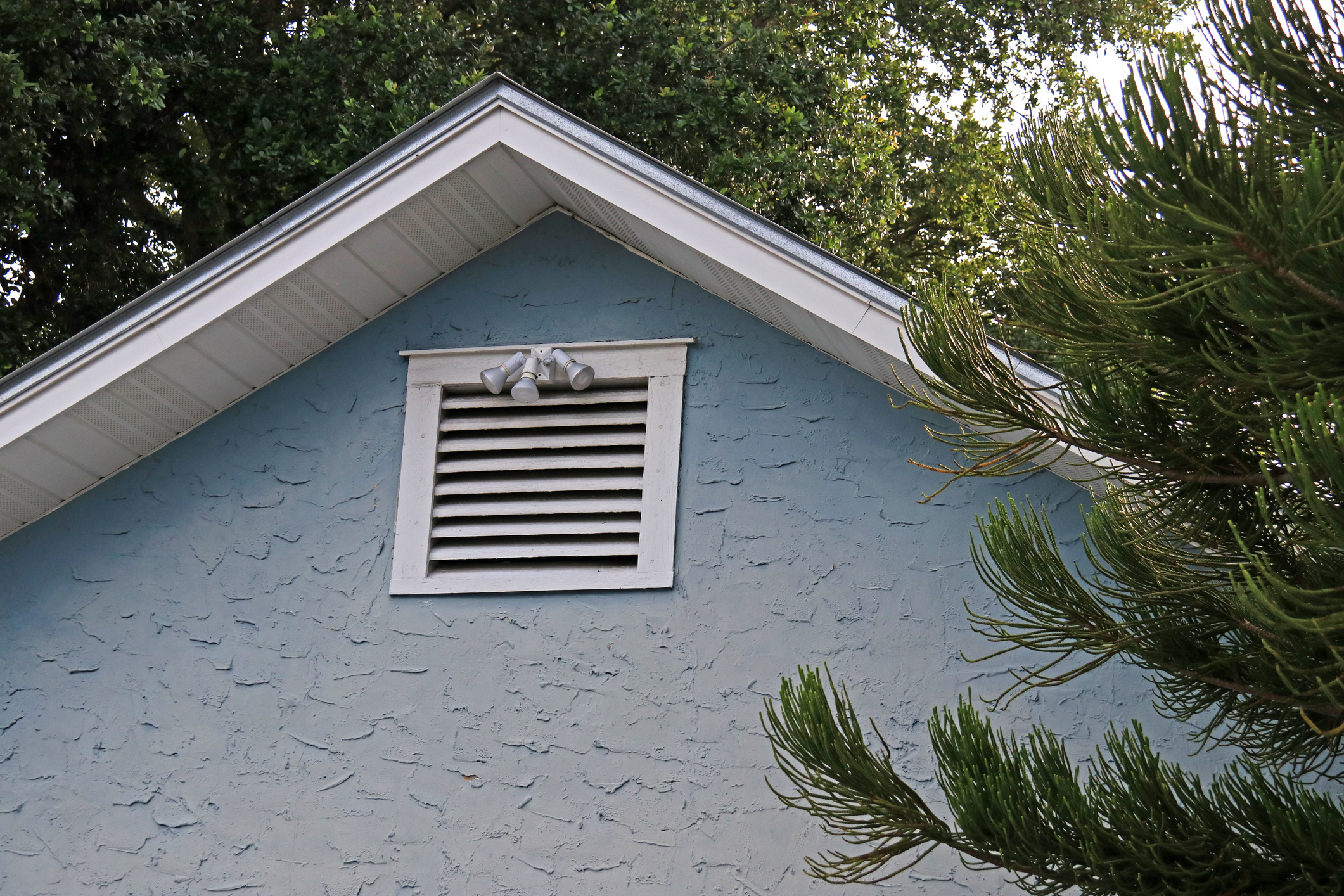

Proper attic ventilation is a critical component of a healthy home. Airflow through the attic space helps to regulate temperature inside the house, and reduces moisture that could lead to mold, damaged roof shingles, and ice dams. But, before diving into the types of roofing vents and their cost, it helps to understand how proper attic ventilation works.
The attic needs a balanced ventilation system with as much air entering through the intake vents as leaves through the exhaust vents. Ideally, the intake vents are installed along the edges of the roof, at the lowest point in the attic, in the soffits. The exhaust vents are installed along the ridge, the highest point of the attic. This causes a natural stack effect, or continuous cycle, where when the warm moist air rises, it pulls cooler, dryer air in behind it.
- Keep reading: Attic ideas--How to make the most of this extra space
In the heat of the summer, this exchange cools the attic, which contributes to a cooler living space and lower energy bills. In the wintertime, when outside temperatures are colder than the temperature in the attic, moisture buildup results. In a properly ventilated attic, though, the moisture escapes with the warmer air as it draws in the colder, outside air. And, with adequate attic insulation, the cold has little effect on the living space below.
“The goals are to keep the air moving,” says Keith Gregory, vice president of the residential division of Baker Roofing Company in Raleigh, North Carolina, “and the attic space at or near the outside temperature, not cooler.”
How to tell if your attic is properly vented
Fortunately, your home will tell you if its attic lacks a balanced ventilation system. A few signs include:
- Excessively warm living areas caused by the heat having no place to go.
- Moisture or frost in your attic during the winter.
- Ice dams forming at the edge of your roof in winter.
- The lack of vents in your eaves or exhaust vents on your roof.
- Rotting or decaying home exterior.
- Peeling paint.
- Roof damage.
- Keep reading: Attic storage ideas--11 tips for an organized space
Options for attic ventilation
According to Gregory, there are two types of exhaust vents for attics—static and powered. A static vent is basically a hole strategically placed to allow warm air to escape. They include ridge vents, that run along the length of the roof ridge, box-style cap vents, or turbine vents. A powered vent includes a fan.
Intake vents include those in the soffits and those in the gables. Gable vents can act as both intake and exhaust, depending on the wind direction and speed. However, because they’re placed in the highest part of the home, they operate best as an exhaust vent.
Attic exhaust vent types: Pros and cons
Every type of attic ventilation has pluses and minuses. Here, we're breaking them down so you can choose the best option for your home.
Ridge vents
According to the home services company HomeAdvisor, ridge vents run $2 to $3 per linear foot, not including installation. The vents come in 4-foot sections sold singly or by the case of 10. On average, adding a ridge vent to your home costs about $400 to $500 total.
Pros
- Almost invisible, they blend in with your shingles
- Aesthetically pleasing
- Provide ventilation without the aid of power or wind
- Most effective passive vent that rarely leaks
Cons
- Works best with soffit vents
- Easier to install when re-roofing the home
- Matching shingles for a retrofit may be difficult
- Must close in other vent types and install an adequate intake vent
Static vents
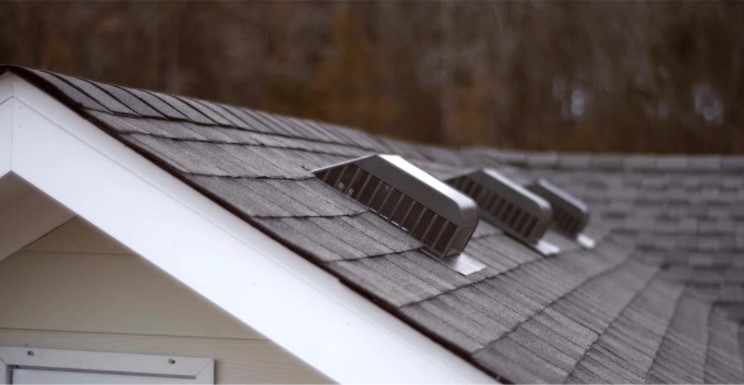
Other non-powered vents come in many shapes, colors, and styles ranging from $10 to $400, according to HomeAdvisor. Also called box vents, static vents have no moving parts to direct airflow. Styles of static vents include the Mushroom, the Turtle, and the Dormer vent, referring to their shapes.
Pros
- Easier to add to an existing roof
- Can be installed anywhere on the roof
- There are no moving parts
Cons
- Have to install several
- Not as attractive as a ridge vent
- Some styles become homes to birds
- Need frequent inspections
Turbine vents
Though technically a static vent, turbines get a class all their own because the wind provides their power. According to HomeAdvisor, turbine vents cost from $20 to $100 each, plus an hour or two of labor. The wide range of costs depends on quality. Experts recommend paying for the higher quality ones from the start. How many you need depends on the size of your roof.
Pros
- Work harder when the wind is blowing
- You’ll need fewer turbine vents than other static vents
Cons
- Steel ones may rust
- May make noise or stop working over time
- Some consider them unsightly
Powered vents
Aptly named because they require solar or electric power to turn a fan that moves the air. According to HomeAdvisor, an electric-powered vent costs $100 to 400 and a solar-powered vent costs $200 to 500 with installation running from $135 to $300 per vent.
Pros
- More expensive models may include thermostats and hydrostats you can set to come on at a certain temperature or humidity level
- Move more air out of the attic than a static vent
- Can be mounted on the roof or in the gable
Cons
- May pull more cool air from air leaks in the attic than from the soffit vents
- Adds to your cooling costs
- Must have proper intake vents or the motor may wear out prematurely
- Require regular inspections to make sure they’re running properly
- Require wiring which may involve the cost of hiring an electrician
Attic intake vents: Pros and cons
There are two main types of intake vents. The style of your home and budget will help determine which is the proper pick for you.
Soffit vents
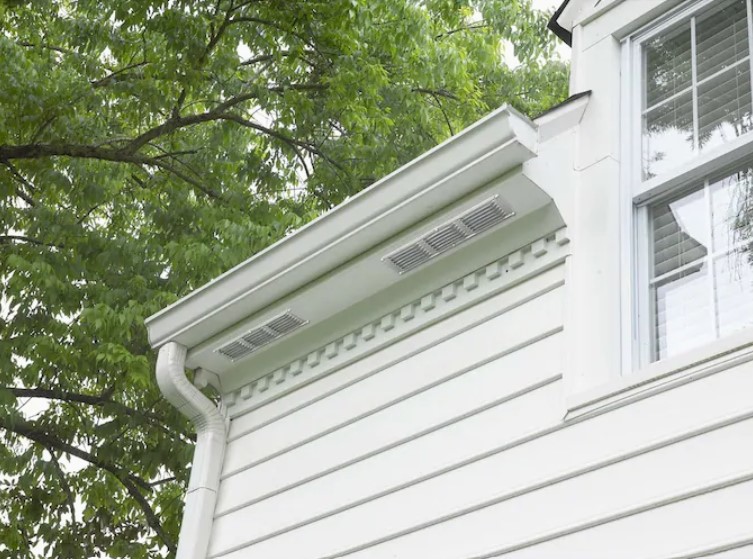
Perforated sections of soffit every few feet, or running the entire length of the eaves, make up your soffit vents. The sections cost $3.30 to $4.50 per linear foot, according to HomeAdvisor, and the continuous length vents cost $8 to $10 per linear foot. If you’re not replacing your entire soffit, expect to pay a contractor $45 to $75 per hour for labor.
Pros
- Located at the lowest part of the roof, soffit vents allow cooler air to enter the attic space
- Running the length of the home, soffit vents allow for more air circulation than gable vents which are only on the ends of the attic.
Cons
- Most effective when used with a ridge vent
- Homeowner tend to cover them with insulation, which blocks the airflow
Gable vents
You find gable vents in the uppermost point of the gables of the roof. They can be as unobtrusive as a perforated piece of vinyl siding. Or, if your gable end faces the street, you can opt for something more decorative. According to HomeAdvisor, gable vents cost between $10 and $60 with some models as expensive at $100.
Pros
- Can act as both intake and exhaust vents.
- The most inexpensive option
- Can be used with an attic fan
Cons
- Can’t use with some roof lines
- When used alone, the least effective method of cooling the attic
Other things to consider
First, take care not to block any attic ventilation you do have. When insulating an attic, homeowners may inadvertently cover soffit vents, rendering them useless. Keep all insulating material away from the eaves or install baffles between the rafters to direct the air from the vent up along the roof deck.
If you use your attic for storage, don’t fill it too full, warns Gregory. “When the attic is too full,” he says, “it inhibits airflow and causes moisture build-up.”
Gregory also suggests choosing a contractor with a proven track record and experience with the choices specific to the area. “You want someone who understands and knows what they’re looking at,” he says.
Join our newsletter
Get small space home decor ideas, celeb inspiration, DIY tips and more, straight to your inbox!
Carol J. Alexander writes website copy, blog posts, and feature articles on home remodeling and construction topics from her home in the Shenandoah Valley of Virginia. In addition to Real Homes, notable clients include, This Old House, Family Handyman, and Florida Roofing magazine.
-
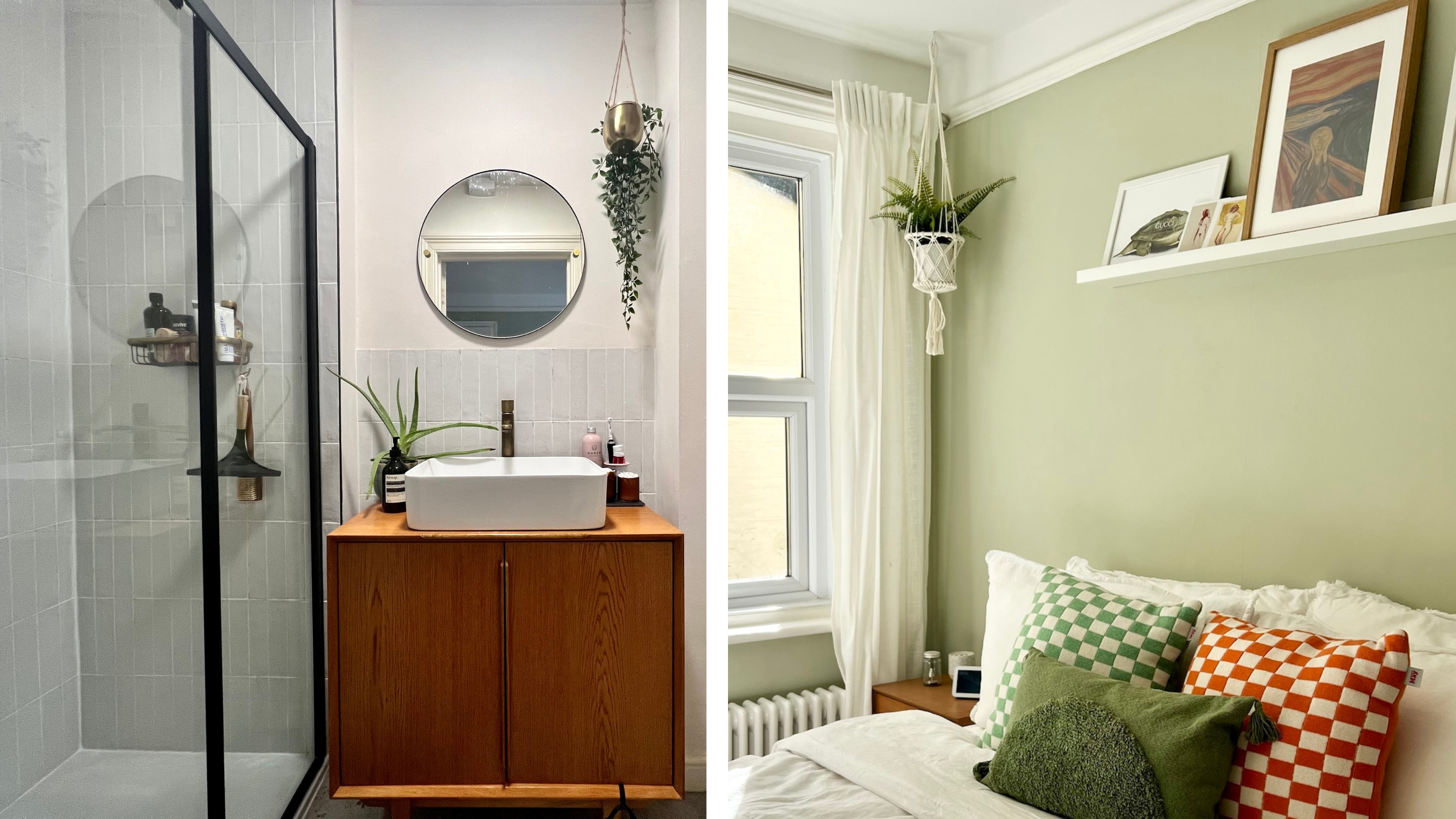 My first apartment makeover: 5 renovation mistakes I learned the hard way, and how you can avoid them
My first apartment makeover: 5 renovation mistakes I learned the hard way, and how you can avoid themThese are 5 things to avoid in your apartment makeover. Trust me, I learned these the hard way during my first renovation project
By Luisa Rossi Published
-
 Share your small space glow up to win $150 in the Real Homes competition
Share your small space glow up to win $150 in the Real Homes competitionShow off your creativity and DIY skills to win $150 and for the chance to be featured exclusively in Real Homes magazine
By Camille Dubuis-Welch Last updated
-
 My DIY range hood and backsplash build gave my kitchen the perfect farmhouse finish
My DIY range hood and backsplash build gave my kitchen the perfect farmhouse finishI craved charm in my kitchen space and adding a custom range hood and shelving was the best move.
By Brooke Waite Published
-
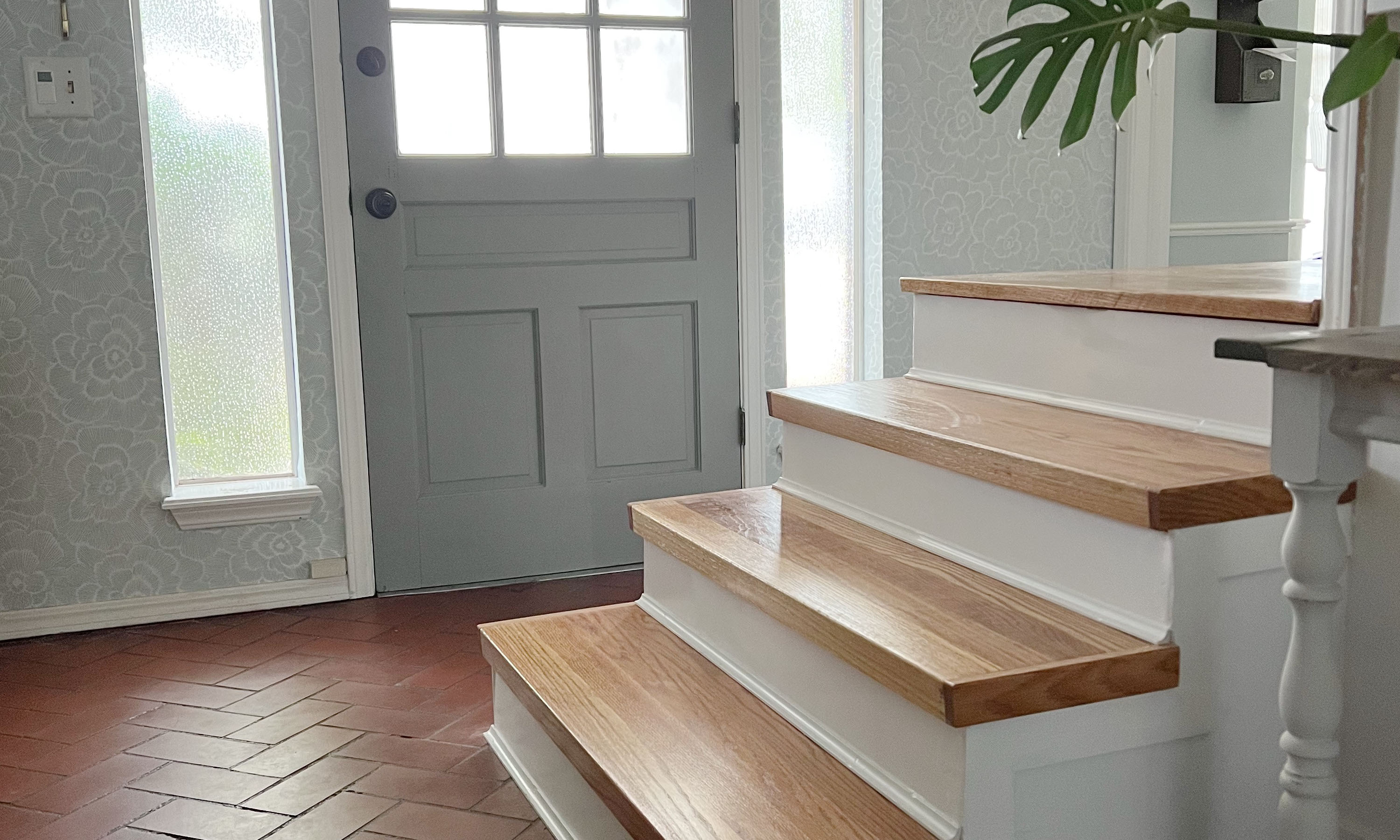 How to convert carpeted stairs to wood treads: a 5-step DIY
How to convert carpeted stairs to wood treads: a 5-step DIYConvert old worn-out carpeted stairs to wood treads DIY for a beautiful finish that will last for years to come. Plus, this stair riser project will cost a fraction of the price to pay a pro!
By Dori Turner Published
-
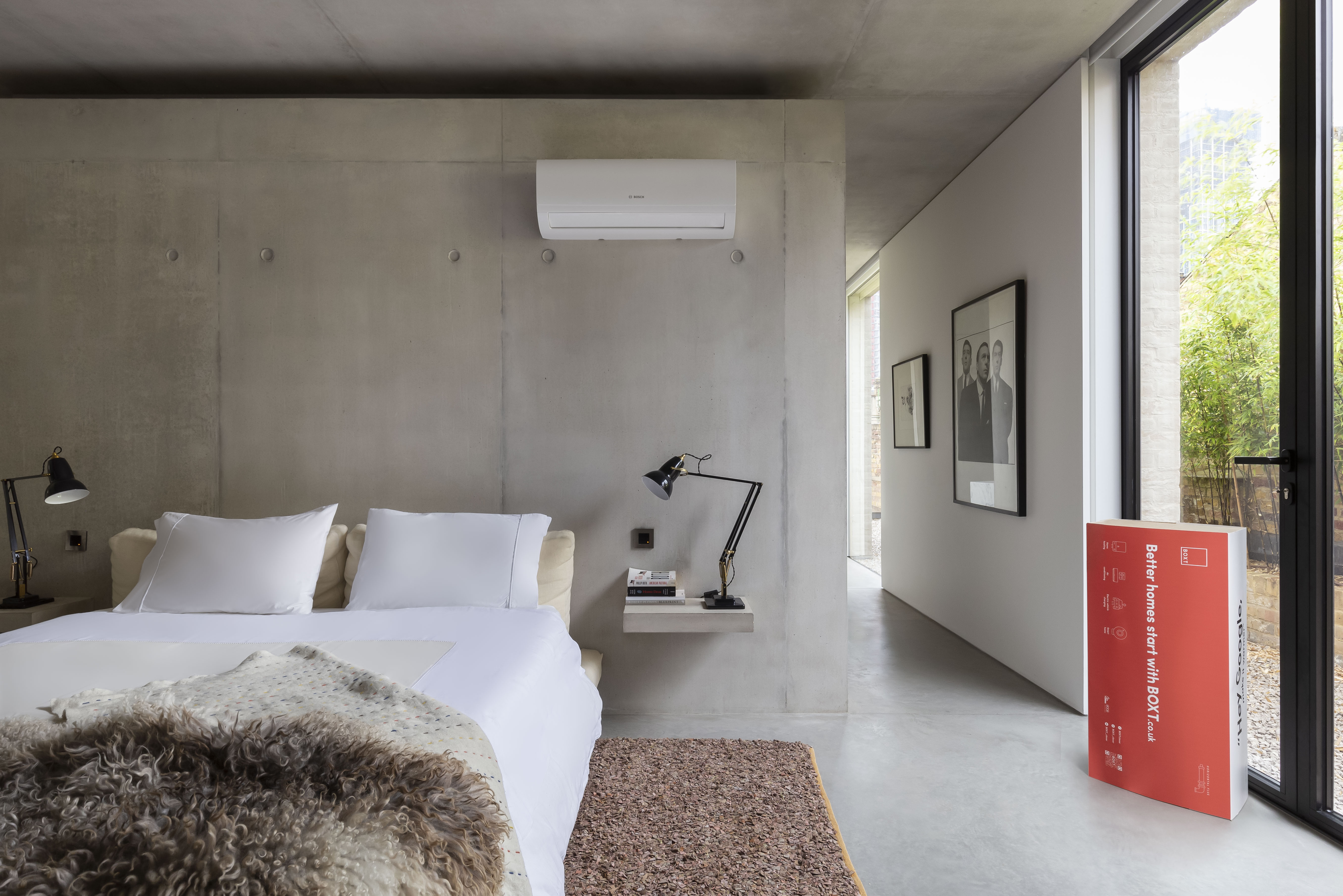 AC not working? Here are 8 things to check ASAP according to industry experts
AC not working? Here are 8 things to check ASAP according to industry expertsYour AC may not be working because the filter is clogged or you've got a tripped circuit breaker. Whatever the issue, getting to the root of the problem will lead to quicker solutions
By Camille Dubuis-Welch Published
-
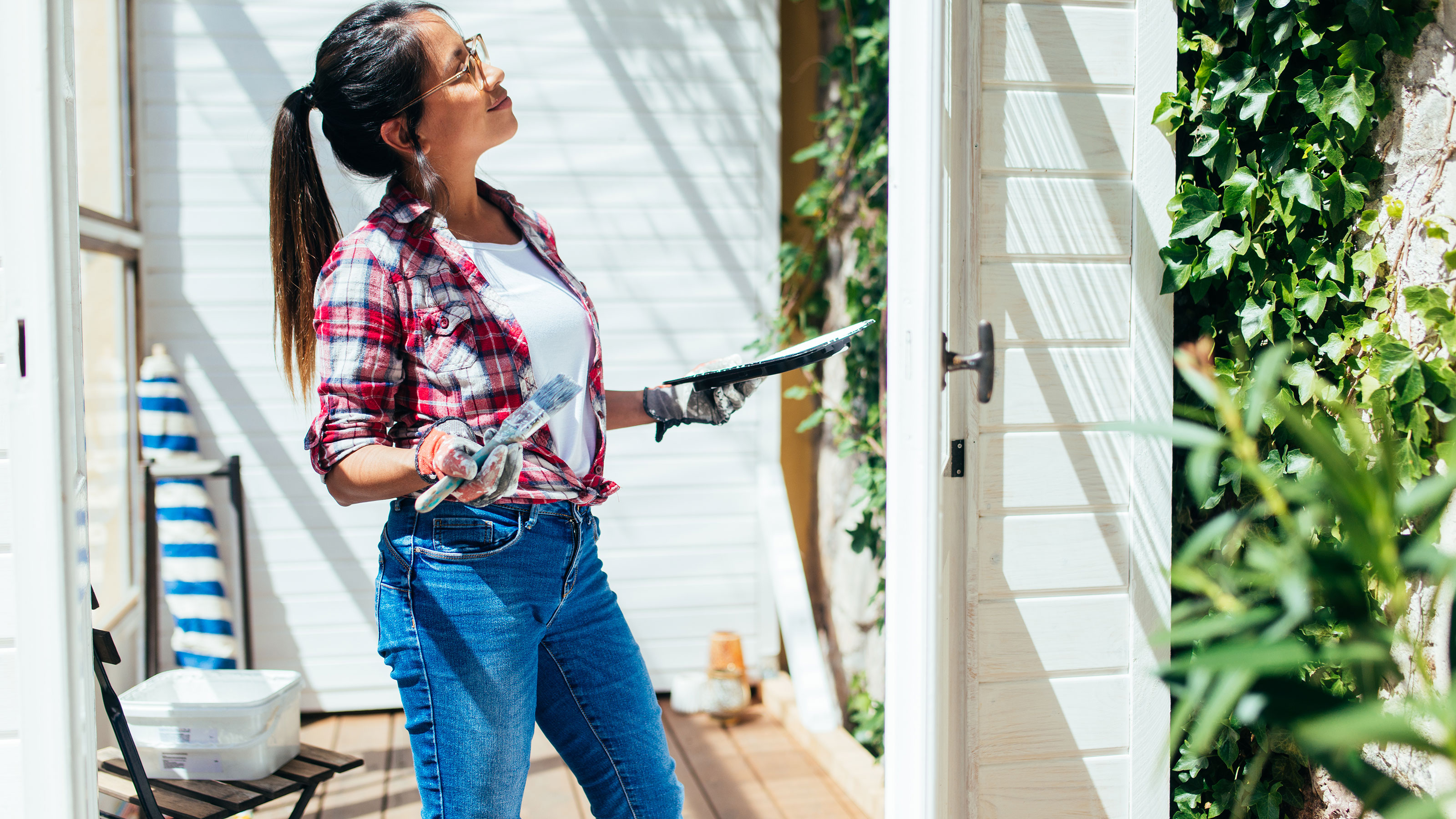 3 DIYs you should NOT do in a heatwave
3 DIYs you should NOT do in a heatwaveYou shouldn't clean windows on a hot day, you just shouldn't
By Camille Dubuis-Welch Last updated
-
 HGTV home renovator shares the most essential home repair you can do
HGTV home renovator shares the most essential home repair you can doHGTV's hottest renovator Carmine Sabatella debunks why this basic home maintenance job should not be forgotten
By Camille Dubuis-Welch Last updated
-
 15 telltale signs you're dealing with a cowboy builder and how to avoid them
15 telltale signs you're dealing with a cowboy builder and how to avoid themA cowboy builder is easy to spot, when you know the telltale signs. Here's how to avoid one so you don't end up out of pocket with a poor or even unfinished home reno job
By Lucy Searle Last updated